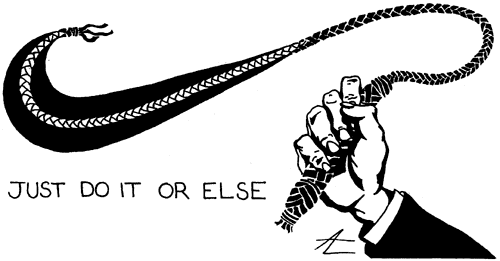· Women’s massive influx into maquiladora jobs represented a dramatic departure from previous labor market dynamics in Mexico, where prior to the 1970’s women had on e of the lowest rates of formal labor force participation in the hemisphere
· Between 2000 and 2003 led to the loss of almost one-third of a million maquiladora jobs.
· In turn-of-the-century Mexico, when textile production was the main form of manufacturing, about 76,000 women held factory jobs; after forty years of industrial diversification, the female labor force had been reduced by half.
· Among many of the ironies of the maquiladora program is that, although it was intended to provide jobs for men, women were preferred for assembly jobs.
· The maquiladoras’ hiring practices continued despite criticisms, creating in the first decade of the program a workforce in which between 80 and 90 percent of the maquiladora workers were women.
· In the industry’s early years, most women workers were young, single, and childless. Their recruitment reflect TNC labor practices worldwide, which favored younger women because they were seen as being easier to train, less apt to organize, and unlikely to acquire the job seniority that could legitimate demands for wage increases.
The trend shifted:
· Now they related that married mothers made better workers because they were more mature, reliable, and less apt to jump from job to job than single women, who were immature, frivolous, and more interested in finding a man that in devoting themselves to their jobs.
· In 1980, the maquiladoras employed about 120,000 workers; by 1990, their numbers had risen to over 400,000; and at its high point in 1999, some 1.3 million held maquiladora jobs.
· The preferential recruitment of women that characterized the industry’s early years had by 1997 given way to alternative practices that were pulling men into the workforce. That year, when job growth peaked at 18 percent, women constituted a very slight majority (50.9 percent) of maquiladora workers:
1998—men 49.9 percent, women 50.1 percent
1999—men 50.9 percent, women 49.1 percent
· Since then, women’s proportionate representation in the border maquiladora labor force has shown a slow but steady decline, with women constituting less that 48 percent of the border maquiladora workforce in 2003.
Why?
· In Mexico border cities, where the recurrent economic crises plaguing the country have forced most of the working-age population to generate income through any available means and steady stream of migrants has augmented the economically active population, firms have generally enjoyed a plentiful supply of applicants for maquiladora employment.
· The composition of the maquiladora workforce has thus depended on recruitment practices that reflect employers’ demand for workers with specific characteristics and qualifications.
· Men’s increasing participation in skilled assembly jobs, in effect masculinizing jobs that were originally defined as women’s domain. The changing gender composition of the maquiladora industry, where men have increased their representation not merely as technicians, engineers, and administrators but also as production operatives, reflects this dynamic.





